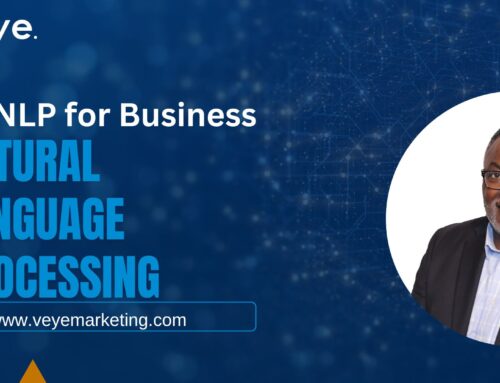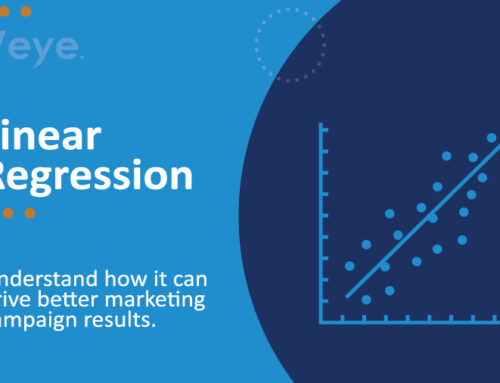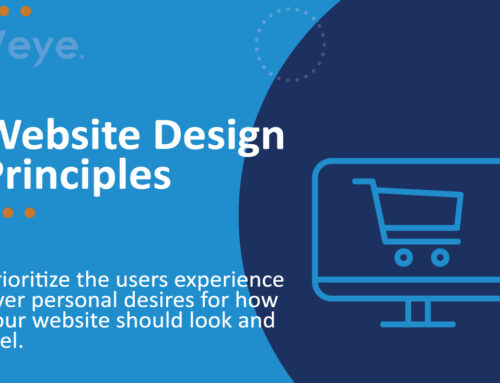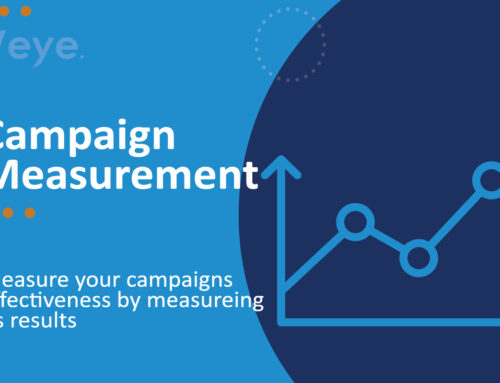Clustering and segmentation are techniques used to understand and group data points with similar characteristics. They both play a vital role in digital marketing, where they help categorize customers for more granularly targeted campaigns where the content is specific to the need. However, there’s a key difference in their approach:
Segmentation is a more top-down, user-driven approach. You must first define the criteria for grouping the data points. For instance, you might segment a customer base by age group (e.g., millennials, Gen Z) or purchase history (frequent buyers, one-time buyers). You may even segment them by region, industry, or product/service.
Clustering, on the other hand, is a bottom-up, data-driven approach. Here, algorithms analyze the data itself to identify patterns and group similar data points together. There are no predefined criteria; the groupings emerge from the data analysis. This is one of the pros of AI when it comes to data.
Think of it like sorting socks. In segmentation, you decide beforehand whether to sort by color (black with black, white with white) or size (all small socks together, then all medium, and so on). In clustering, you toss all the socks in a pile and the algorithm figures out how to group them based on what it finds (all black socks together, regardless of size, then all white socks together, regardless of size).
Here’s a table summarizing the key differences:
| Feature | Segmentation | Clustering |
|---|---|---|
| Approach | Top-down, user-driven | Bottom-up, data-driven |
| Grouping criteria | Predefined by the analyst | Identified by algorithms |
| Use case | Targeted marketing campaigns | Market research, customer discovery |
Both techniques are valuable tools. Segmentation is great when you already have a good understanding of the data and what you’re looking for. Clustering is powerful for uncovering hidden patterns and new customer segments you might not have anticipated.







Leave A Comment
You must be logged in to post a comment.